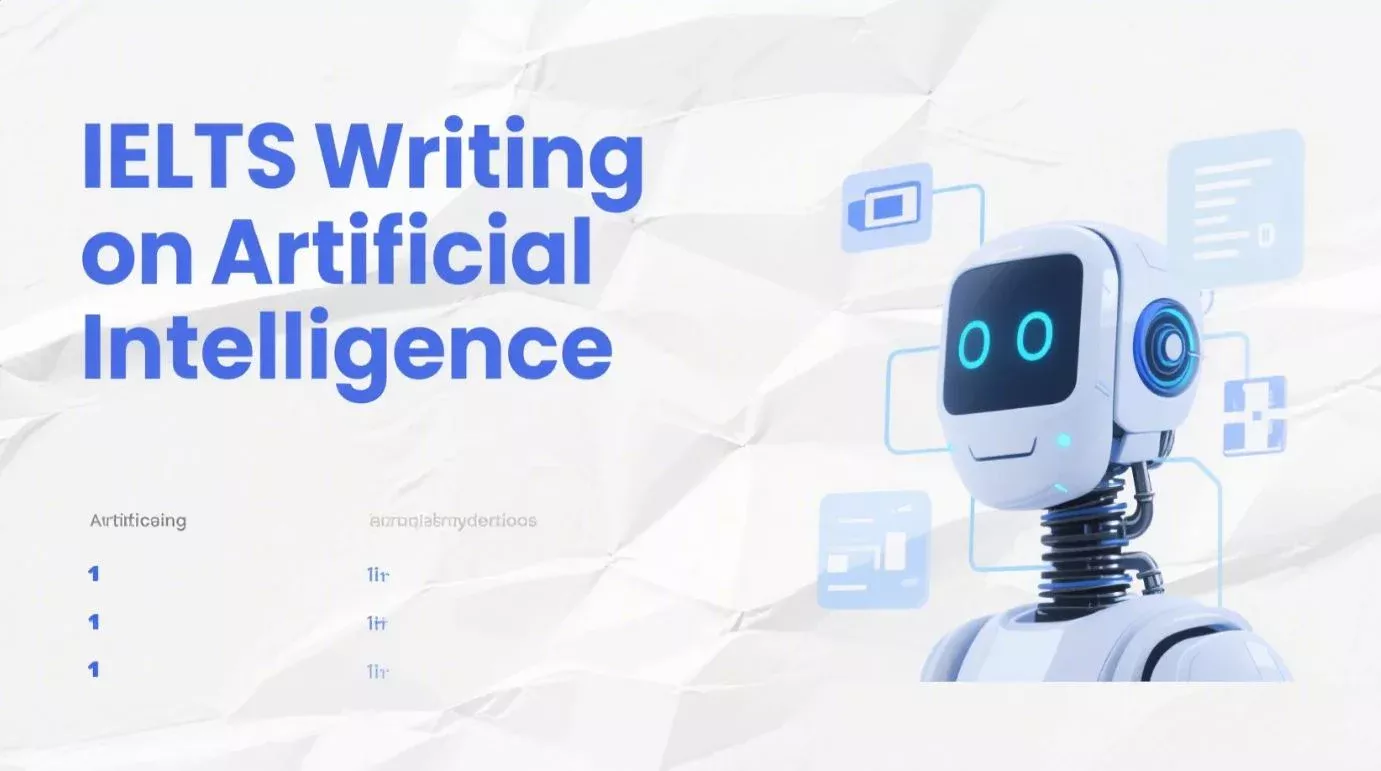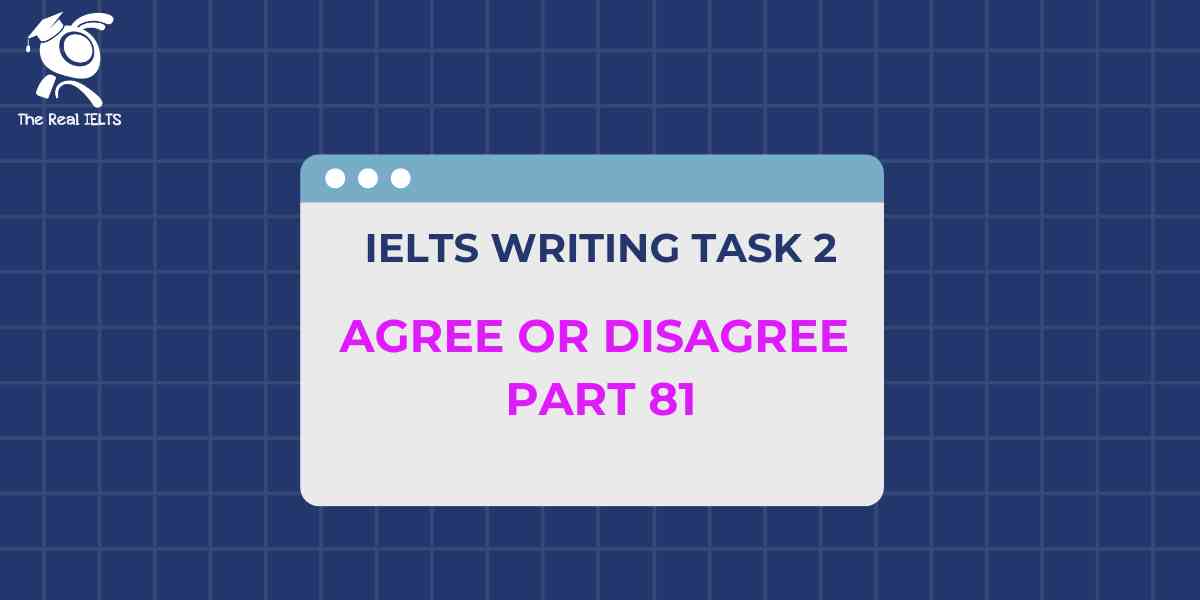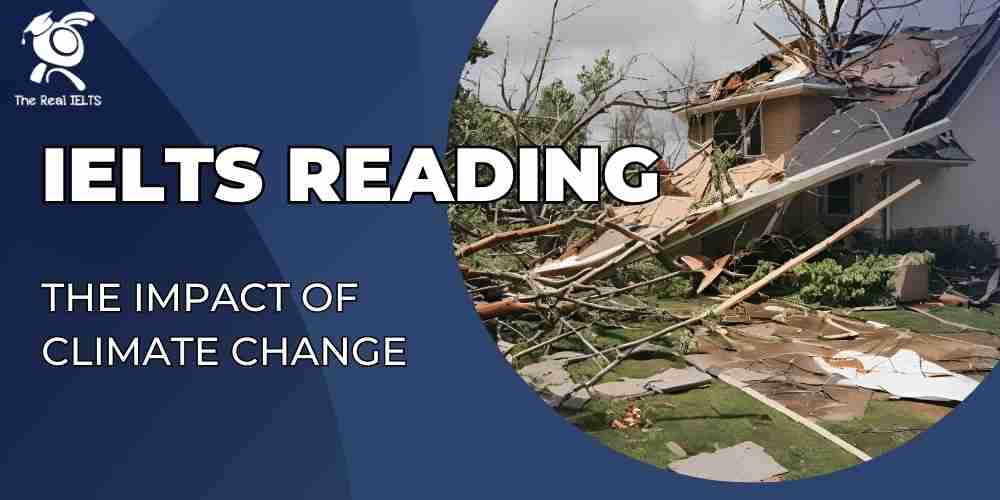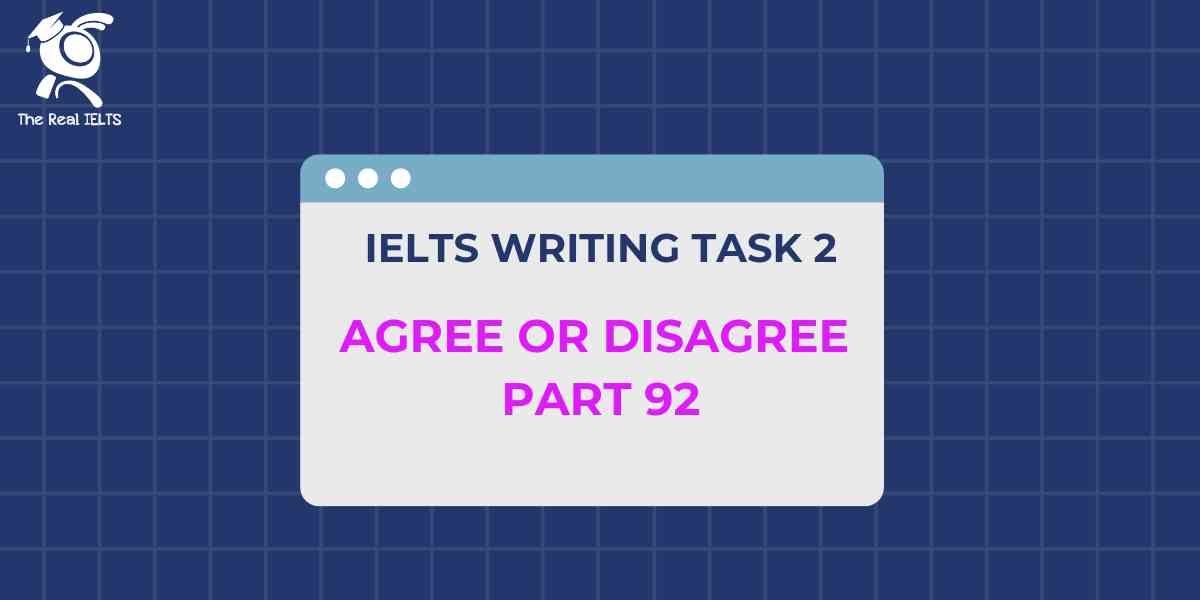Bài thi IELTS Writing này bao gồm Writing Task 1 và Writing Task 2.
Đọc thêm: Tổng hợp 100 vấn đề về IELTS Writing.
✍️ WRITING TASK 1 – Academic
📊 Đề bài (Visual – Biểu đồ cột)
The chart below shows the percentage of different job sectors in a country that are expected to be replaced by Artificial Intelligence between 2025 and 2040.
Summarise the information by selecting and reporting the main features, and make comparisons where relevant.
(📌 Mô phỏng nội dung biểu đồ:)
- Manufacturing: 45%
- Transportation: 38%
- Retail: 30%
- Healthcare: 15%
- Education: 10%
- Creative Arts: 5%
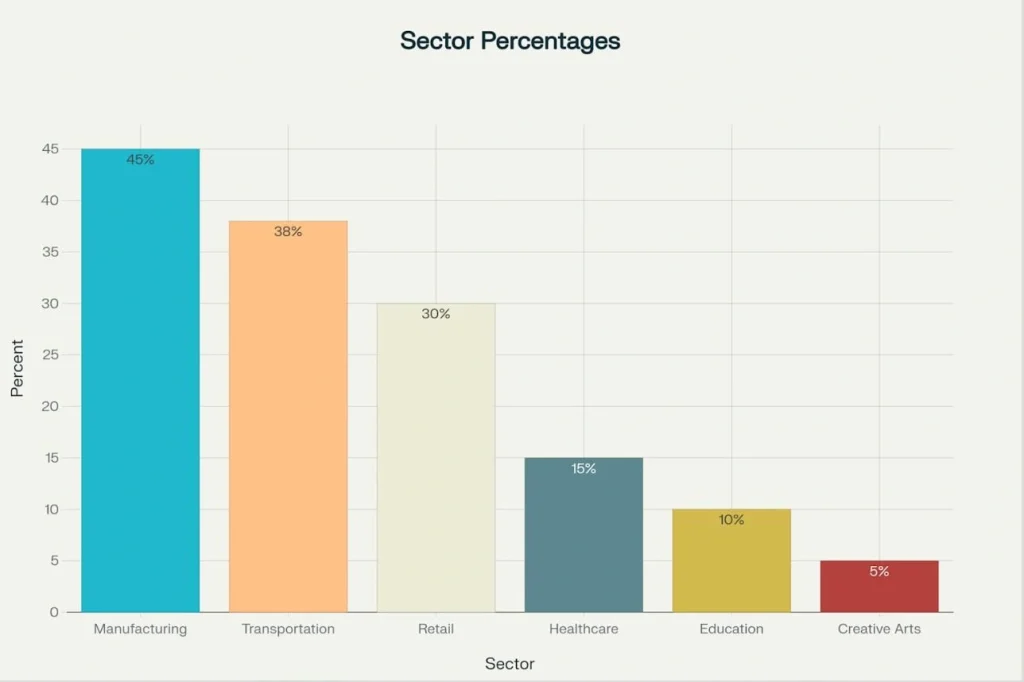

✅ Hướng dẫn gợi ý:
- Giới thiệu biểu đồ và xu hướng chính (AI ảnh hưởng nhiều đến ngành sản xuất, ít đến giáo dục và nghệ thuật).
- So sánh các nhóm ngành theo tỷ lệ bị thay thế bởi AI.
- Nhấn mạnh sự khác biệt giữa nhóm công việc lặp lại vs nhóm công việc đòi hỏi tư duy, cảm xúc.
- Kết luận: Ngành thủ công và lặp lại sẽ chịu ảnh hưởng lớn hơn.
✅ BÀI VIẾT MẪU:
The bar chart illustrates the proportion of jobs in six sectors that are projected to be replaced by Artificial Intelligence (AI) between 2025 and 2040 in a particular country.
Overall, jobs that involve repetitive or manual tasks such as manufacturing and transportation are expected to experience the most significant automation, while those requiring human interaction and creativity, like education and the arts, are predicted to be least affected.
Specifically, the manufacturing sector is forecast to be the most heavily impacted, with 45% of jobs expected to be automated. This is followed by transportation, where 38% of roles may be taken over by AI. These figures suggest a trend where industries dependent on mechanical and routine work are more vulnerable to AI-driven automation.
In contrast, retail shows a lower but still substantial projected replacement rate of 30%, possibly due to the increasing use of AI in self-checkout systems and inventory management. On the other end of the spectrum, healthcare is expected to see only 15% of roles automated, likely because many medical tasks still require human judgment and empathy.
The education sector, with only 10% of jobs at risk, and creative arts, at just 5%, are forecast to be the least affected by AI. This reflects the belief that these sectors rely heavily on interpersonal communication and originality, areas where AI still has significant limitations.
In summary, the chart highlights a clear pattern: the more technical and repetitive a job is, the more likely it is to be replaced by AI in the near future.
🧠 TỪ VỰNG HỌC THUẬT NỔI BẬT (Academic Vocabulary):
| Từ vựng | Giải thích tiếng Việt |
|---|---|
| illustrates | mô tả, minh họa – dùng thay cho “shows” để trang trọng hơn |
| projected / forecast | được dự đoán (tương lai) – dùng thay cho “expected” để học thuật hơn |
| automation | sự tự động hóa |
| vulnerable to | dễ bị ảnh hưởng bởi |
| AI-driven automation | sự tự động hóa do trí tuệ nhân tạo điều khiển |
| interpersonal communication | giao tiếp giữa con người |
| routine tasks | công việc mang tính lặp lại |
| substantial | đáng kể |
🧩 CẤU TRÚC NGỮ PHÁP NỔI BẬT:
| Cấu trúc | Ví dụ trong bài | Giải thích |
|---|---|---|
| The bar chart illustrates… | The bar chart illustrates the proportion… | Cách mở bài học thuật, tránh dùng “This graph shows…” |
| The most heavily impacted… | Manufacturing is forecast to be the most heavily impacted… | Cách diễn đạt so sánh cực cấp trang trọng |
| … is expected to be automated / replaced by AI | 15% of roles are expected to be automated | Cấu trúc bị động với “expected to” rất phổ biến trong Task 1 |
| This reflects the belief that… | This reflects the belief that these sectors rely on… | Diễn giải ý nghĩa số liệu, thể hiện tư duy phân tích cao |
✍️ WRITING TASK 2 – Essay (Argumentative)
❓ Đề bài:
Some people believe that Artificial Intelligence (AI) will completely replace human jobs in the future. Others think that AI will only assist humans, not replace them.
Discuss both views and give your own opinion.
✅ Hướng dẫn dàn ý gợi ý:
🅰️ View 1: AI sẽ thay thế hoàn toàn công việc của con người
- AI đang phát triển nhanh và có khả năng làm việc hiệu quả, không nghỉ ngơi.
- Công việc mang tính lặp lại (nhà máy, logistics, xử lý dữ liệu) dễ bị thay thế.
- Một số công ty đã sử dụng robot thay cho con người.
🅱️ View 2: AI chỉ hỗ trợ, không thể thay thế con người
- AI không có cảm xúc, trực giác, sáng tạo – những yếu tố cần trong giáo dục, nghệ thuật, chăm sóc y tế.
- AI phụ thuộc vào dữ liệu – trong khi con người có khả năng đưa ra quyết định trong tình huống mới.
- Nhiều lĩnh vực cần yếu tố đạo đức, cảm xúc, giao tiếp.
✅ Ý kiến cá nhân (Opinion)
- AI sẽ thay thế một phần công việc, nhưng hợp tác giữa người và AI mới là tương lai bền vững.
- Giáo dục và chính sách cần chuẩn bị cho lực lượng lao động tương lai.
✅ BÀI MẪU:
In recent years, the rapid advancement of Artificial Intelligence (AI) has sparked widespread debate regarding its potential impact on the labor market. While some argue that AI will eventually render many human jobs obsolete, others believe that it will serve more as a supportive tool than a replacement. This essay will examine both perspectives before presenting a reasoned opinion.
On the one hand, there are valid concerns that AI will eliminate a large number of jobs, particularly those involving repetitive and predictable tasks. In sectors such as manufacturing, logistics, and data processing, machines can perform duties faster, more accurately, and without fatigue. For instance, many factories are now fully automated, reducing the need for human workers. Furthermore, advancements in natural language processing and robotics suggest that even some white-collar jobs, such as customer service or basic legal work, could be automated in the near future. From this standpoint, AI appears to be a serious threat to employment.
On the other hand, it is important to recognize that AI has limitations, especially when it comes to tasks requiring emotional intelligence, ethical judgment, or creative thinking. Professions such as teaching, counseling, and the arts are deeply rooted in human connection and empathy—qualities that AI currently lacks. Moreover, AI systems are only as good as the data they are trained on, and they may struggle to adapt to novel or nuanced situations. Therefore, many experts argue that rather than replacing humans, AI is more likely to complement them, enhancing productivity and enabling people to focus on more complex or meaningful tasks.
Personally, I believe that the future of work will be shaped by human-AI collaboration rather than competition. While it is true that certain job categories may disappear, new roles will emerge that require a blend of technological proficiency and human insight. To prepare for this transformation, governments and educational institutions should invest in training programs that equip workers with skills relevant to an AI-driven economy.
In conclusion, although AI poses a genuine risk to some types of employment, it is unlikely to replace humans entirely. Instead, the most promising future lies in a partnership where AI handles routine tasks while humans concentrate on areas requiring creativity, ethics, and empathy.
🧠 TỪ VỰNG HỌC THUẬT NỔI BẬT (Vocabulary):
| Từ vựng | Giải thích bằng tiếng Việt |
|---|---|
| render something obsolete | khiến cái gì đó trở nên lỗi thời, không còn cần thiết |
| repetitive and predictable tasks | các công việc lặp lại và dễ đoán |
| white-collar jobs | công việc văn phòng, trí óc (khác với lao động chân tay) |
| natural language processing | xử lý ngôn ngữ tự nhiên – một nhánh của AI |
| emotional intelligence | trí tuệ cảm xúc – khả năng thấu hiểu và xử lý cảm xúc |
| novel or nuanced situations | tình huống mới lạ hoặc tinh tế |
| complement | bổ trợ, hỗ trợ |
| technological proficiency | sự thành thạo về công nghệ |
| human insight | sự thấu hiểu sâu sắc của con người |
| AI-driven economy | nền kinh tế được dẫn dắt bởi trí tuệ nhân tạo |
🧩 NGỮ PHÁP & CẤU TRÚC HAY DÙNG (Grammar Highlights):
| Cấu trúc | Ví dụ trong bài | Giải thích |
|---|---|---|
| While + mệnh đề, mệnh đề đối lập | While some argue that AI will… others believe that… | Dùng để so sánh hai quan điểm trái ngược |
| It is important to recognize that… | It is important to recognize that AI has limitations… | Cấu trúc trang trọng dùng để nhấn mạnh |
| be rooted in | are deeply rooted in human connection… | Nghĩa là “xuất phát từ, bắt nguồn từ” – dùng rất hay trong học thuật |
| the most promising future lies in… | the most promising future lies in a partnership… | Cách diễn đạt xu hướng tương lai mạch lạc, học thuật |
| equipped with skills | equip workers with skills relevant to an AI-driven economy | Cấu trúc đi với “equip” dùng rất tự nhiên trong đề tài giáo dục, nghề nghiệp |



